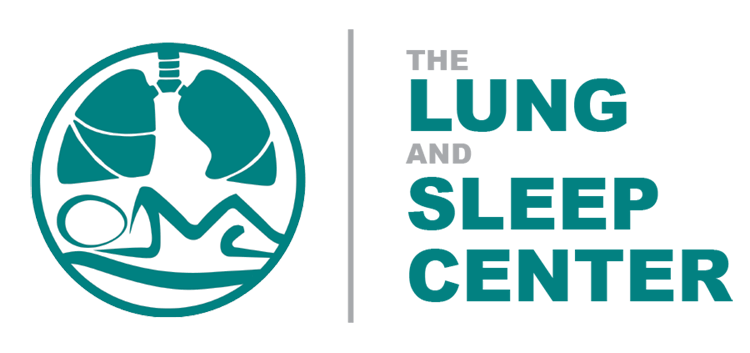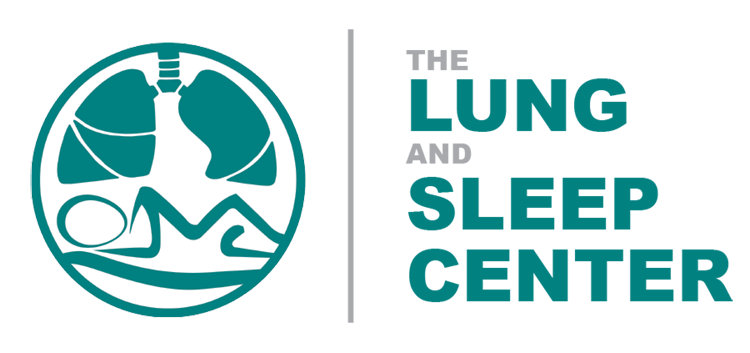Complete Pulmonary Function Testing
As the name implies, pulmonary function tests (PFTs) measure how well the lungs are moving air in and out. They also measure how well the lungs are moving oxygen to the blood. These breathing tests use special equipment and are done by trained staff in a hospital or office setting. Most are done by blowing into a tube while you sit in a chair.
Individuals with COPD often have abnormal PFT results which suggest airway blockage and air trapping. Similar changes can be seen in some other lung conditions, such as asthma. If the lung function testing includes a diffusing capacity (DLCO) test, a low value suggests emphysema.
Many factors can affect the results of these tests. These include the current health of your lungs, the skill of the person testing you, your effort and the type of equipment used. PFTs are helpful in measuring the effects of lung medicines on lung function. They can also determine how serious are the disorders affecting the airways or other lung tissue. PFTs are helpful when preparing for lung surgery.
Before the day of your test, you may receive specific instructions on how to prepare for PFTs. These instructions may include:
- Asking you to not use certain kinds of medicines for a specific time period prior to your test, especially inhaled medicines.
- Asking you to wear loose clothing and avoid large meals prior to your test time. This will ensure that you can take deep breaths and perform the tests well.
You will get instructions right before each test. If you do not understand any of these instructions, ask questions! For best results, listen carefully and follow the coaching. Ask for a short rest between each of the tests if you become tired. If you normally use oxygen during the day, bring your oxygen with you.
Source: WebMD
https://www.webmd.com/lung/copd/diagnostic-tests
Spirometry
Spirometry is the best test to assess lung function. It often is used to evaluate a person who has a chronic cough and sputum (mucus) production and a history of risk factors for chronic obstructive pulmonary disease (COPD), even if shortness of breath is not present. It is also used to find out whether a specific therapy has improved lung function or whether your lung disease is getting worse.
Spirometry testing may be done in your doctor's office or in a hospital. During the test:
- A tube is connected to the spirometer.
- You place your mouth on the tube and take the deepest breath possible.
- You then blow out as hard and as fast as possible.
This should be repeated several times during the visit to ensure accurate results.
This test measures the flow and amount of air when you breathe in and out as deeply and forcefully as you can. For people with COPD, the test is divided into:
- Forced expiratory volume in 1 second (FEV1), the amount of air breathed out as forcefully as possible in 1 second. The FEV1 value can help your doctor estimate the severity of COPD.
- Forced vital capacity (FVC), the amount of air that can be forcibly breathed out after taking a deep breath.
The normal values for each of the measurements depend on your age, height, gender, and race. This is known as the predicted value. People with COPD typically have a reduction in FEV1 and may also have a reduction in FVC. A reduction in the ratio of FEV1 to the FVC points to airway obstruction, including COPD and asthma.
These measurements help your doctor diagnose COPD and find out the severity of the disease.
Source: WebMD
https://www.webmd.com/lung/copd/tc/spirometry-tests-for-copd-topic-overview


